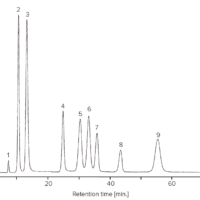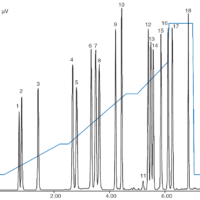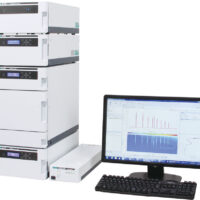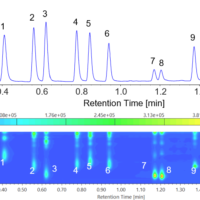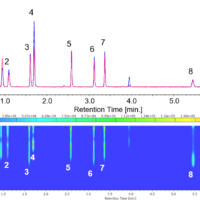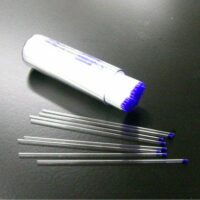Introduction
It is now a growing concern that aldehydes such as formaldehyde, acetaldehyde may pollute air and environmental water in lake, reservoir, river etc. in environment. Therefore, the aldehydes are subjected to regulations by Air Pollution Control, Water Supply and Offensive Odor Control Acts.
Pre-column derivatization with 2,4-DNPH is known as a method to measure aldehydes in HPLC, however, the pretreatment of samples such as collection-condensation or extraction is required. JASCO introduced the method for the analysis of formaldehyde, acetaldehyde in water by post-column fluorescence derivatization using 1,3- Cyclohexanedione as derivatization reagent, which did not require such pretreatment.
In this article, we extended the applicability of the method to other aldehydes by optimizing the derivatization conditions.
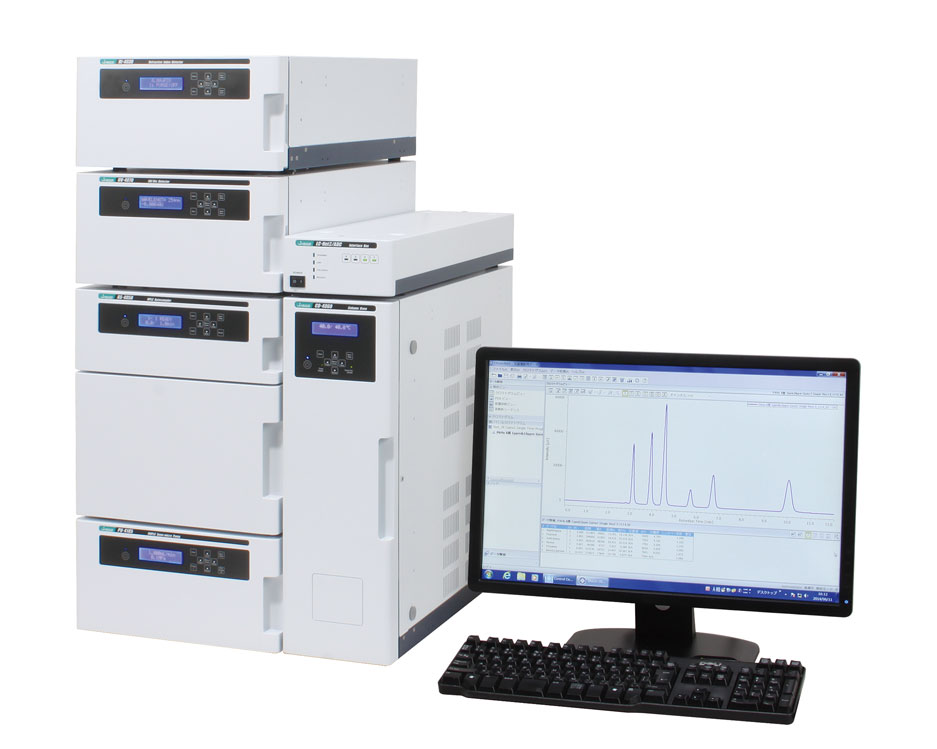
LC-4000 HPLC system
Experimental
Column: Shodex RSpak KC-8116E (6.0 mmID x 250 mmL)
Eluent: 3 mM Perchloric acid
Flow rate: 1.0 mL/min
Reagent: 1,3-Cyclohexanedione in ammonium acetate buffer
Reagent flow rate: 0.4 mL/min
Column temp.: 60 ºC
Reaction temp.: 120 ºC
Wavelength: Ex. 366 nm, Em. 440 nm, Gain x10
Injection volume: 50 µL
Standard sample: Formaldehyde, Acetaldehyde 0.1 mg/L each
Keywords
Aldehydes, 1,3-Cyclohexanedione, Post-column Derivatization, Shodex RSpak KC-8116E, Fluorescence detector
Results
Figure 1 shows chemical reaction 1,3-Cyclohexanedione with aldehydes in post-column derivatization and Figure 2 shows flow line of the system.

Figure 1. Chemical reaction of 1,3-Cyclohexanedione with aldehydes

Figure 2. Flow line diagram of the system
Figure 3 shows chromatogram of the standard mixture of formaldehyde and acetaldehyde. Two components were separated within 8 min.
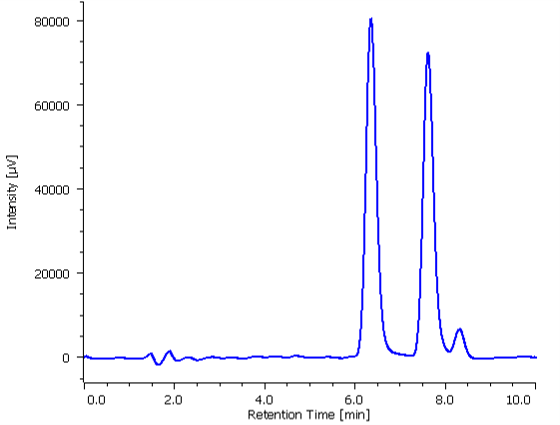
Fig. 3. Chromatogram of standard mixture of formaldehyde and acetaldehyde (1: Formaldehyde, 2: Acetaldehyde [0.1 mg/L each])
Figure 4, 5 and 6 show chromatograms of drinking water, river water and rain water, respectively. The top chromatograms are of neat samples and the bottom ones are of samples spiked by adding 0.1 mg/L of formaldehyde and acetaldehyde. All samples were separated.
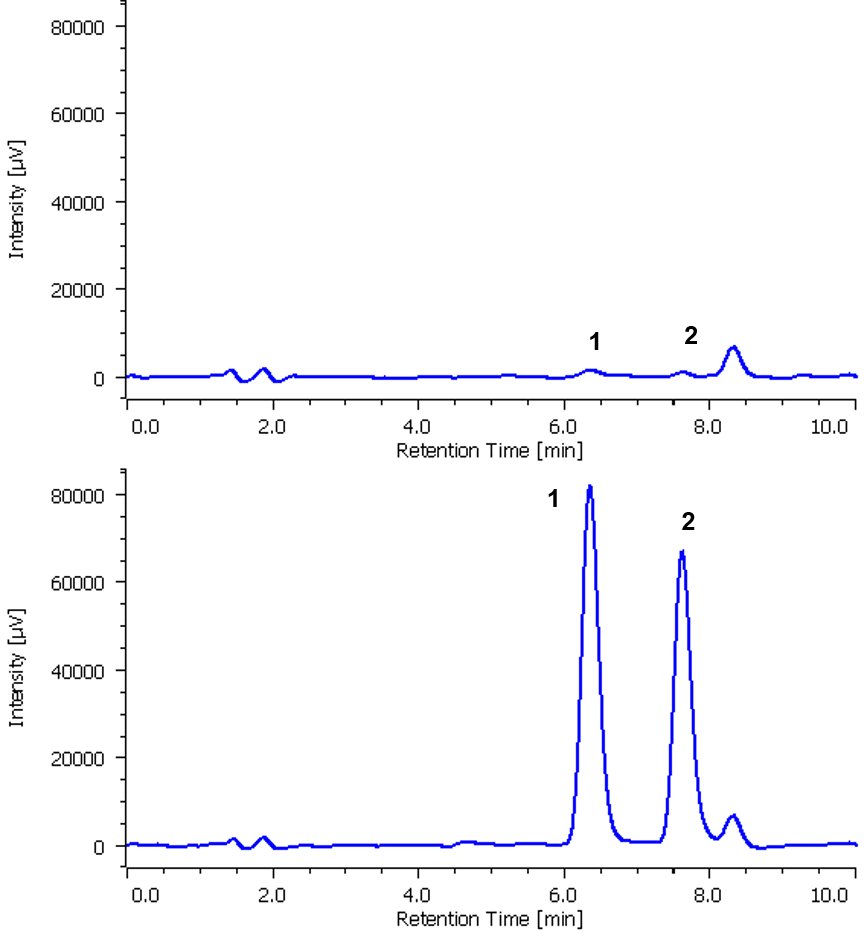
Fig. 4. Chromatogram of drinking water (1: Formaldehyde, 2: Acetaldehyde)
Preparation: Drinking water was filtered using 0.45 µm membrane filter.
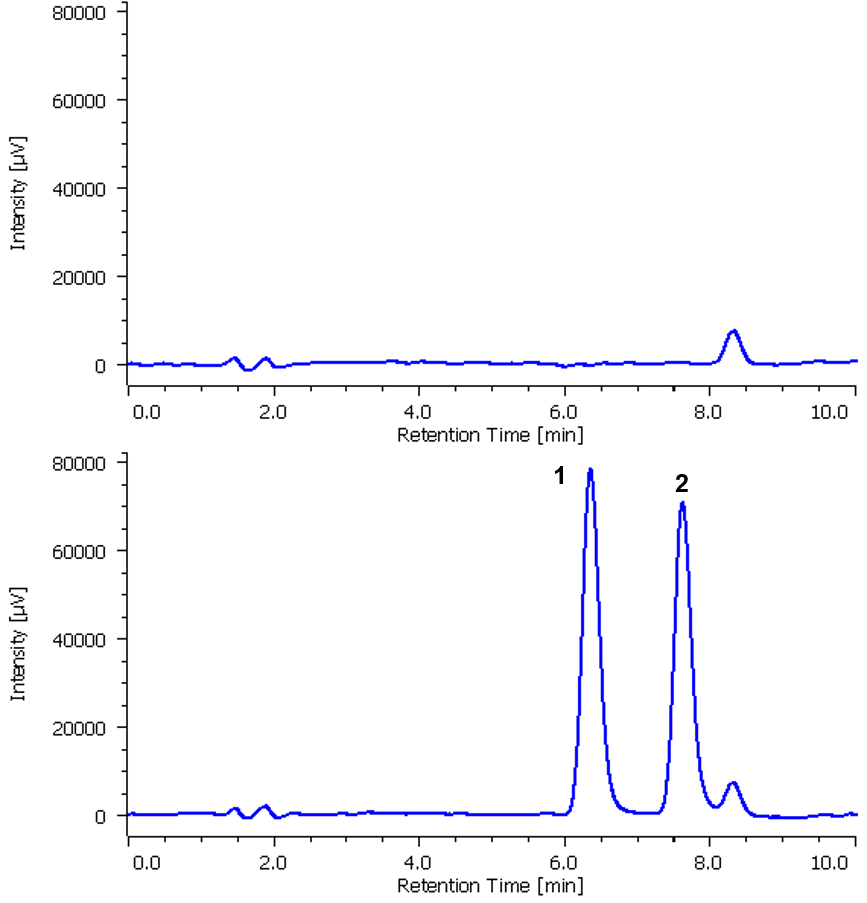
Fig. 5. Chromatogram of river water (1: Formaldehyde, 2: Acetaldehyde)
Preparation: River water was filtered with 0.45 µm membrane filter.
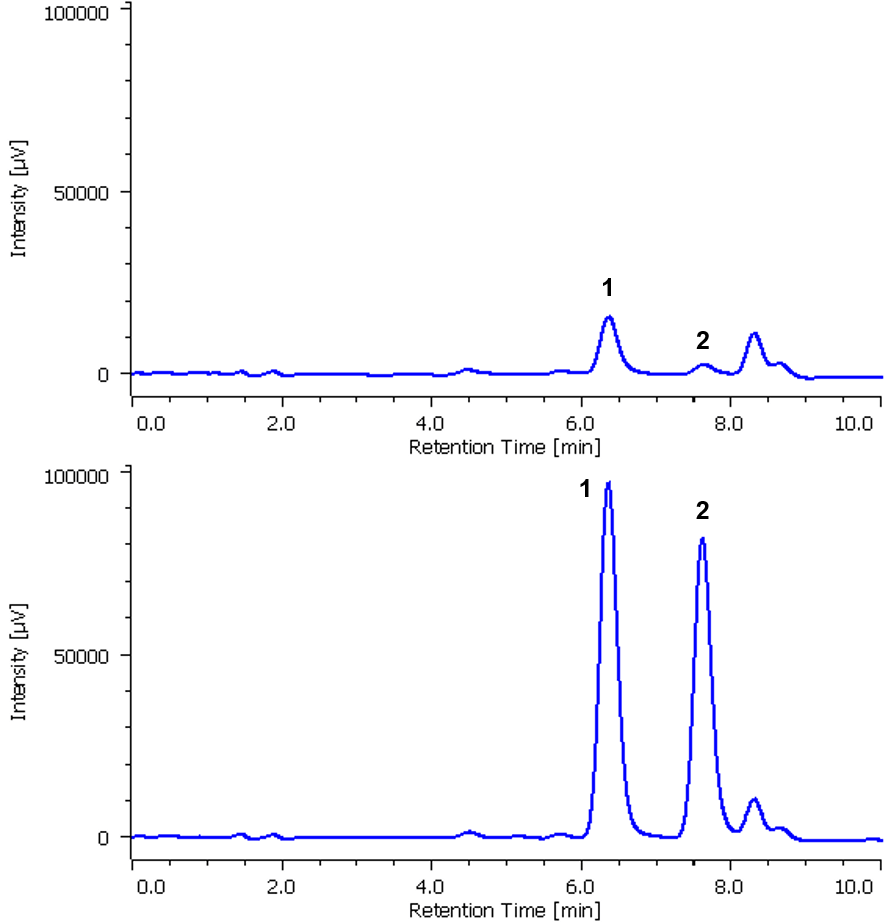
Fig. 6. Chromatogram of rain water (1: Formaldehyde, 2: Acetaldehyde)
Preparation: Rain water was filtered with 0.45 µm membrane filter.

